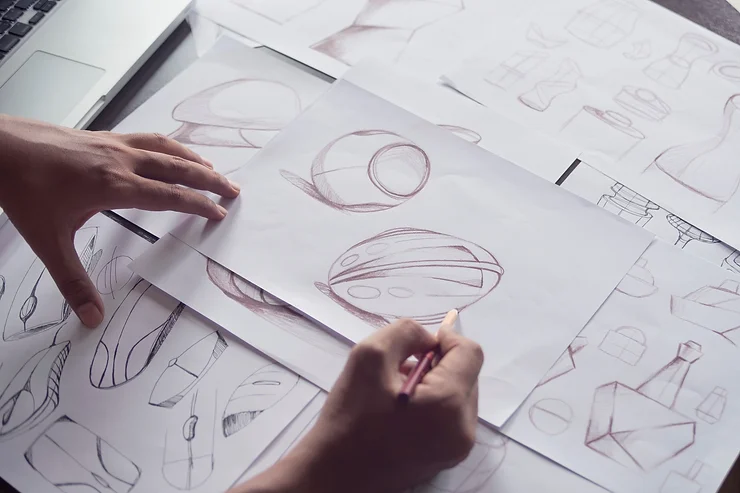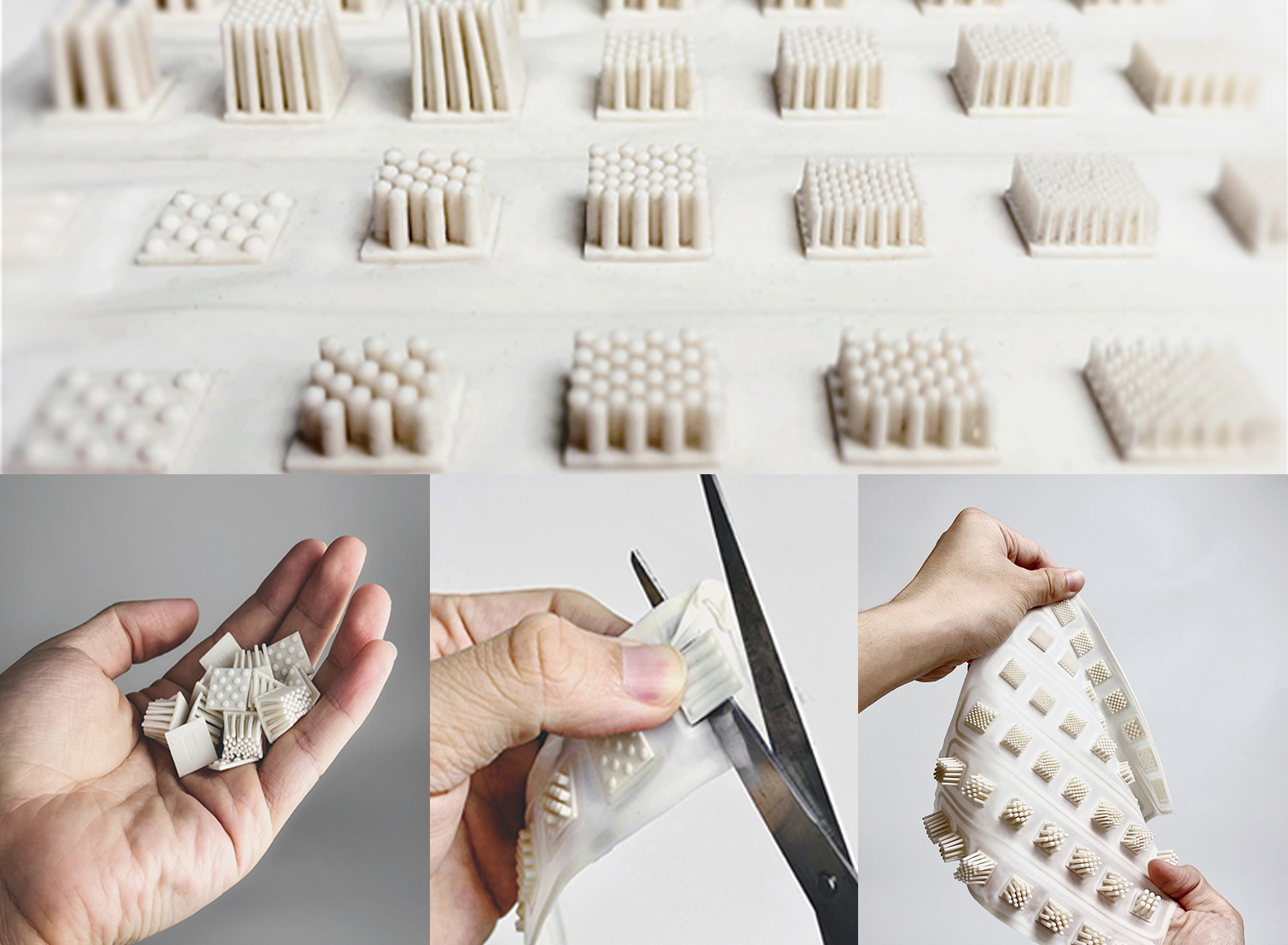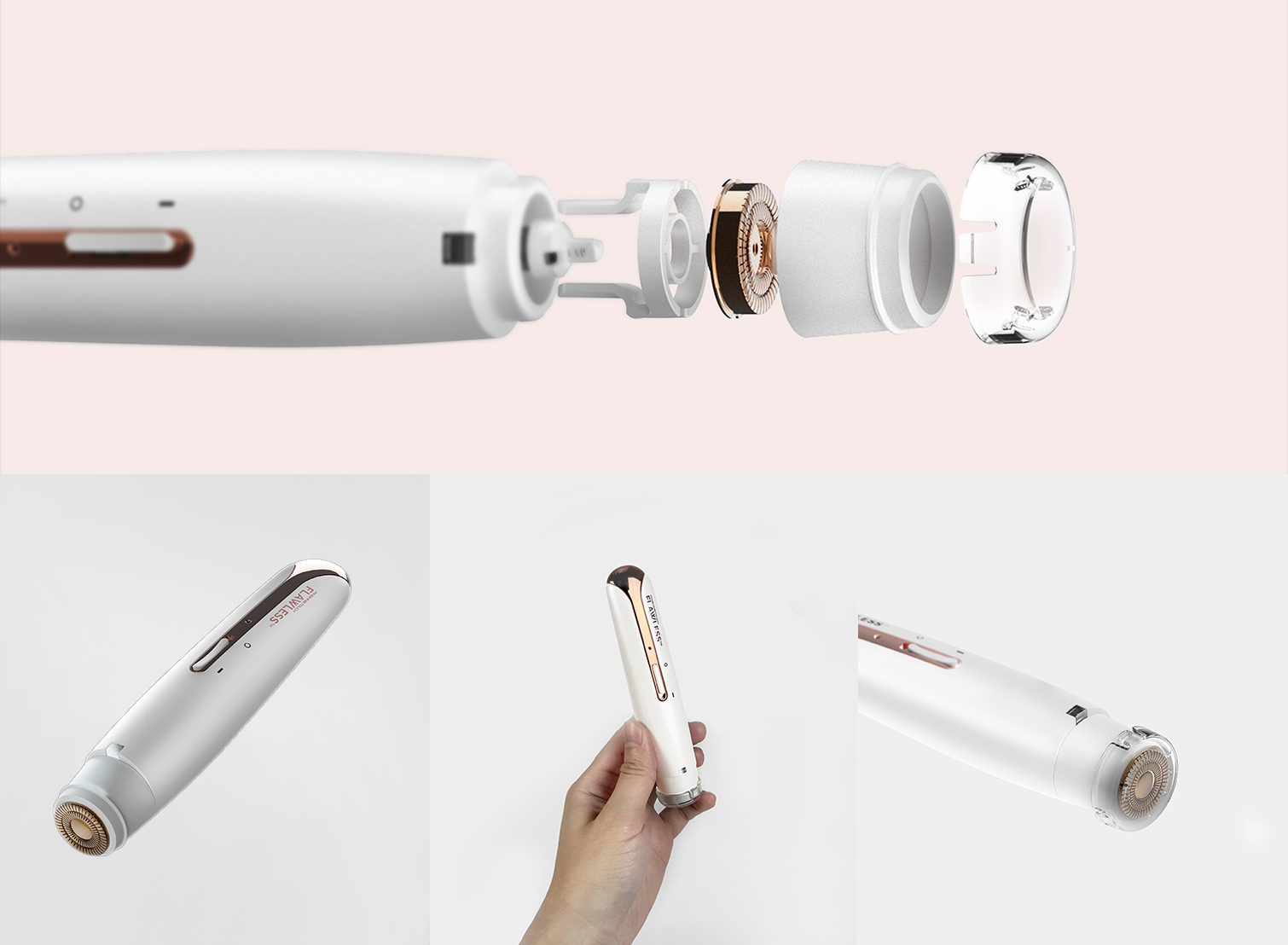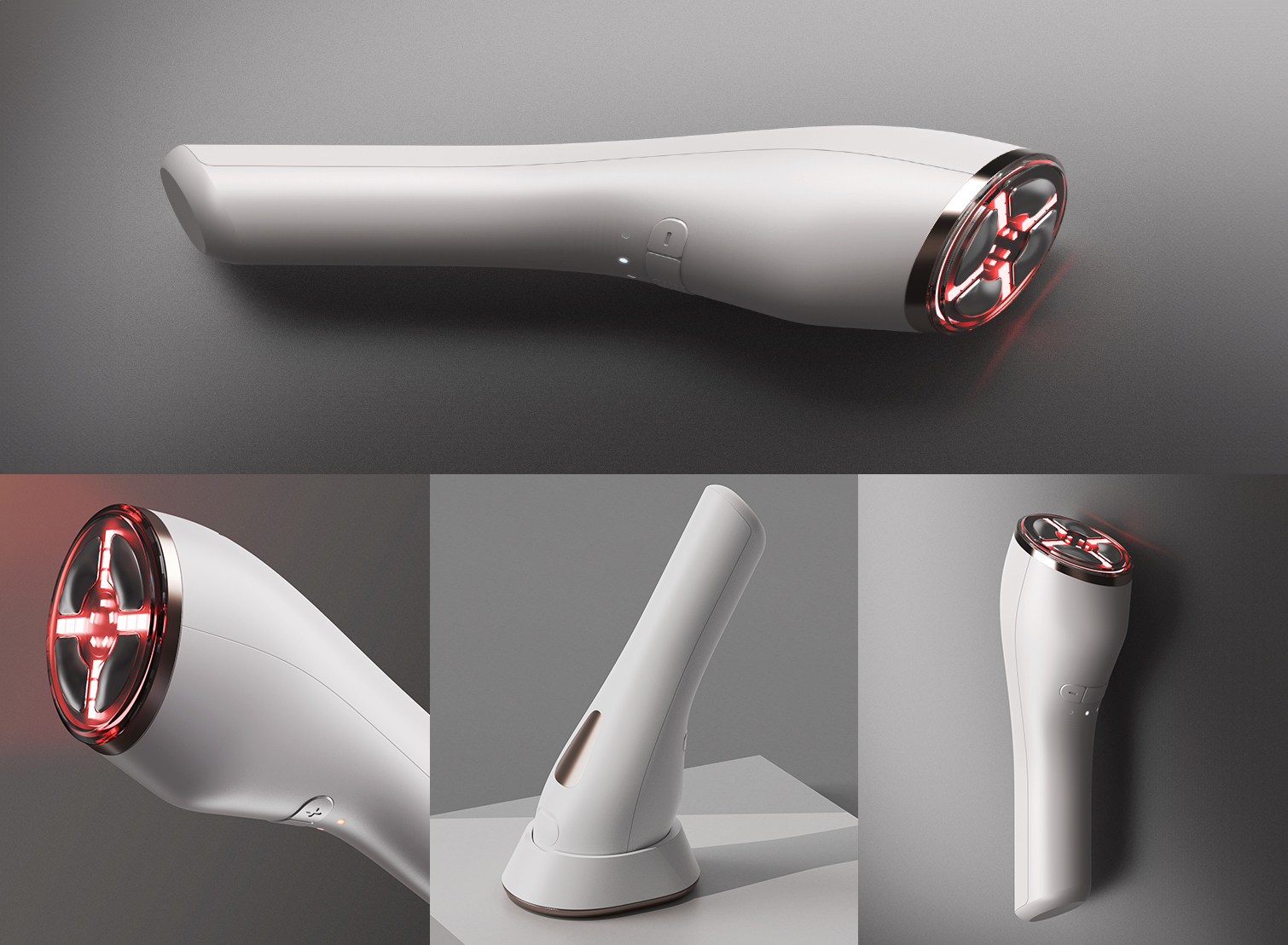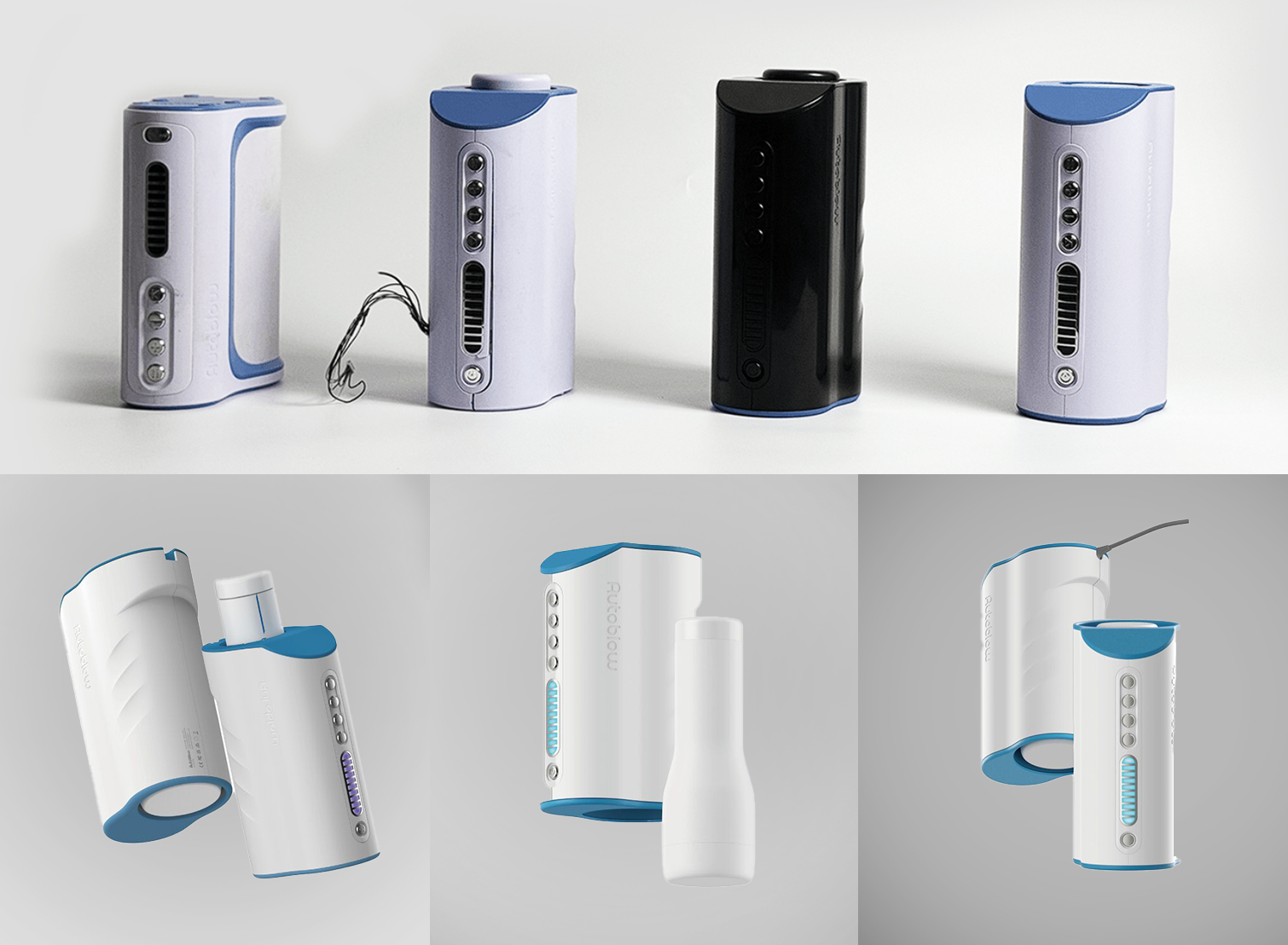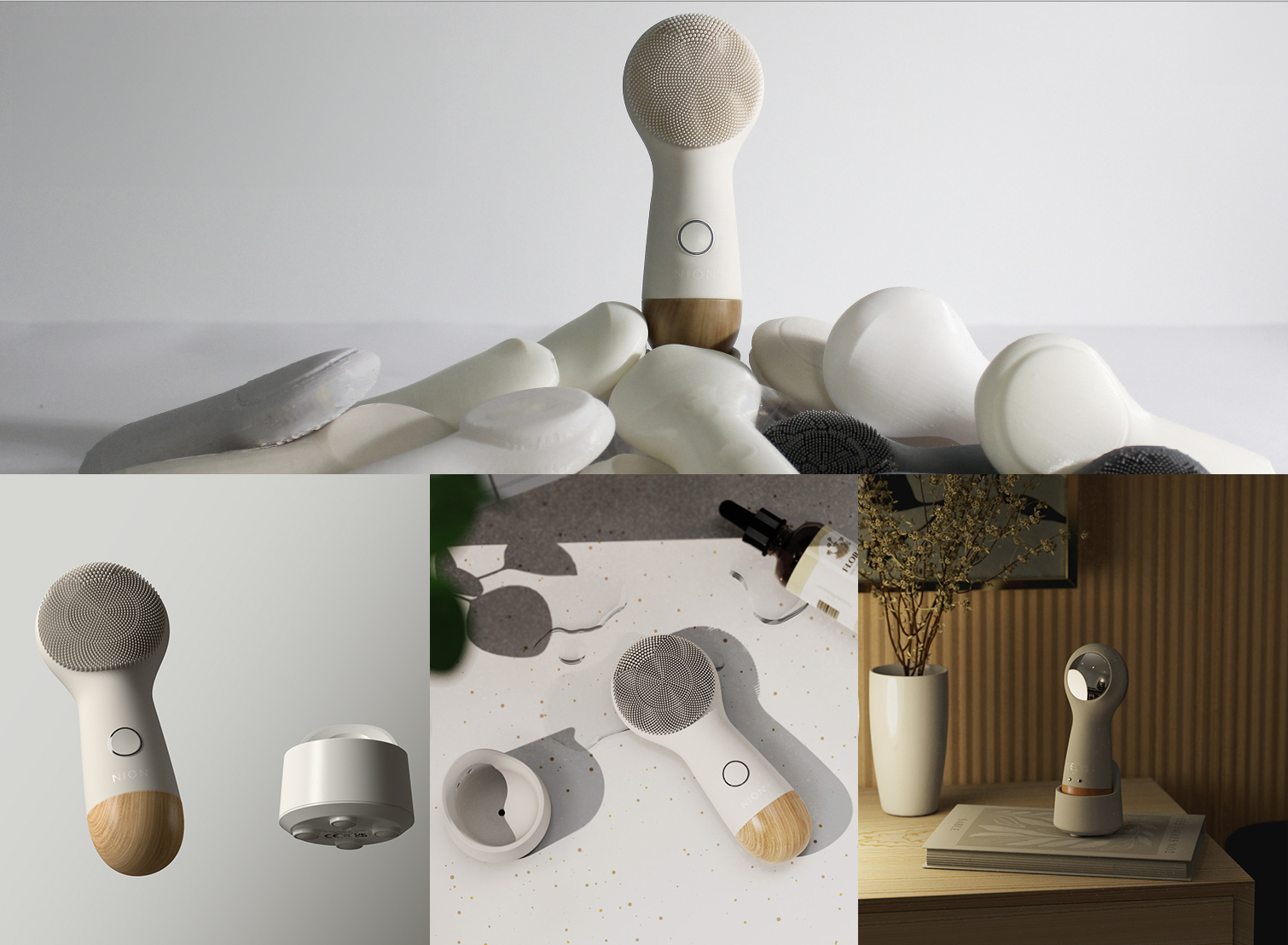Bringing a new idea to life can seem overwhelming, but it doesn’t have to be. At Gizmospring, we understand that the biggest challenge is often convincing yourself that your idea is worth pursuing. But don’t worry, we’re here to guide you through the process and help turn your idea into a reality. Whether you’re thinking about a new invention or design, this step-by-step guide is perfect for you.
Step 1: Research Your Idea
Before you start bringing your product to market, it’s essential to do some research to make sure your idea is viable and has the potential to be successful. This includes finding out who your target market is, studying your competitors, and figuring out the demand for your product.
According to the United States Patent and Trademark Office (USPTO), it usually takes around 3.5 years to get a patent. However, this timeline can vary depending on the complexity of your product and the workload of the USPTO.
Step 2: Protect Your Idea
Once you have a clear understanding of your product and the market it will be entering, it’s important to protect your idea by filing for a patent. A patent gives you exclusive rights to manufacture, sell, and distribute your product for a certain amount of time.
To file for a patent, you’ll need to complete an application and submit it to the USPTO. The application process can be complicated and time-consuming, so it’s a good idea to seek help from a patent attorney. Lawfirm Leavitt and Eldrege estimates that the cost of applying for a patent can be between $5,000 and $10,000, so it’s best to plan ahead.
Step 3: Develop a Prototype
After filing for a patent, it’s time to develop a prototype of your product. A prototype is a physical model of your product that allows you to test and refine its design and functionality.
There are different ways to create a prototype, like 3D printing, prototyping software, or working with a prototyping company. The cost of creating a prototype will depend on the complexity of your product and the method you choose.
Step 4: Test Your Prototype
Before bringing your product to market, it’s important to thoroughly test your prototype to make sure it meets all necessary standards and regulations. This includes testing for safety, durability, and performance.
To test your prototype, you can hire professional testers or conduct testing in-house. The cost of testing will depend on the scope of the testing and the resources required.
Step 5: Manufacture Your Product
After successfully testing your prototype, it’s time to move on to mass production. This means working with a manufacturer to produce your product on a larger scale.
When choosing a manufacturer, you’ll need to consider factors like cost, location, and quality. It’s essential to do thorough research and shop around to find the best fit for your needs.
Step 6: Market and Sell Your Product
With your product finally ready to hit the market, it’s time to start marketing and selling it to your target audience. This can involve different tactics, like advertising, social media marketing, and online sales platforms.
According to Forbes Magazine, the cost of marketing and advertising can range from 5-20% of overall sales. It’s essential to carefully budget and plan your marketing efforts to ensure the success of your product.
How Can Gizmospring Help?
Overall, the process of bringing a product idea to market may seem daunting, but with the right guidance and support, it can be a smooth and successful journey. That’s where Gizmospring comes in – we’re here to help guide you through every step, from researching your idea to filing for a patent, developing a prototype, testing, manufacturing, and marketing and selling your product.

